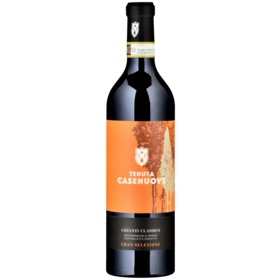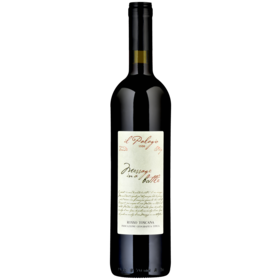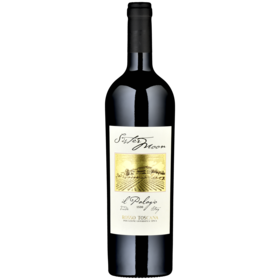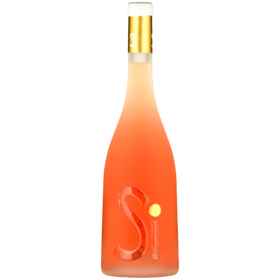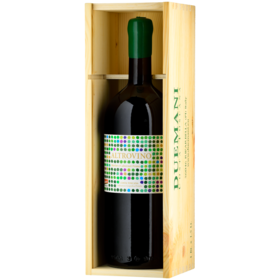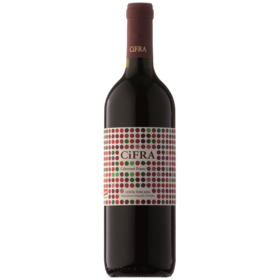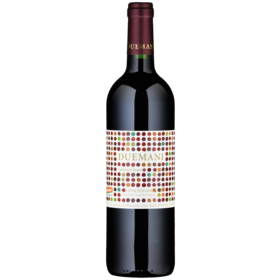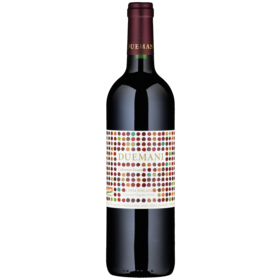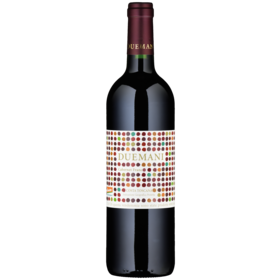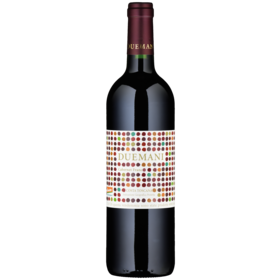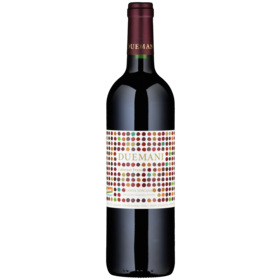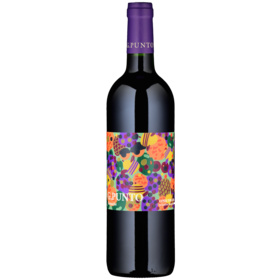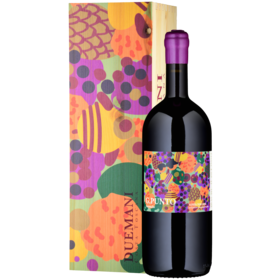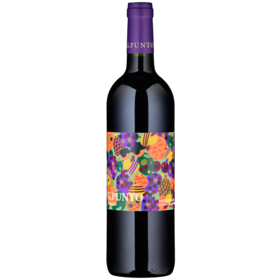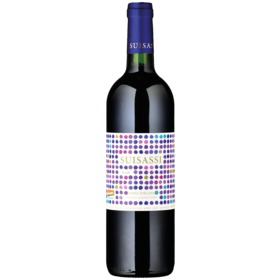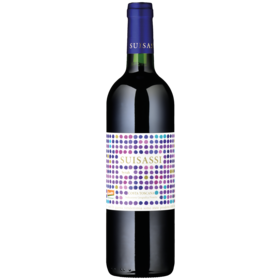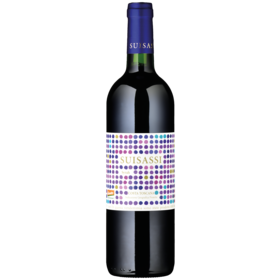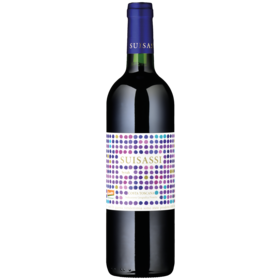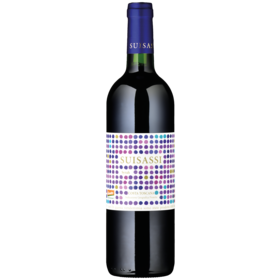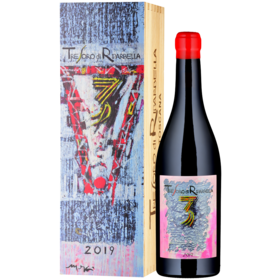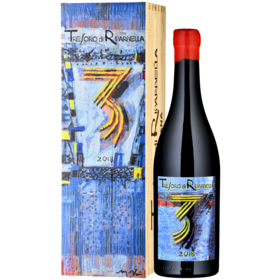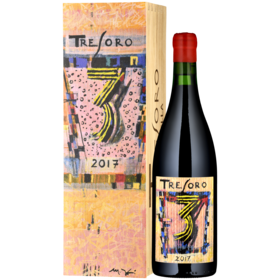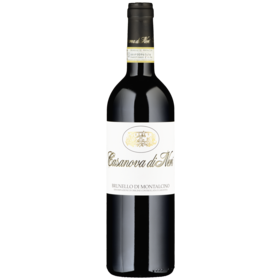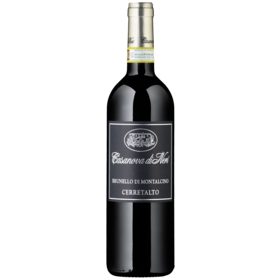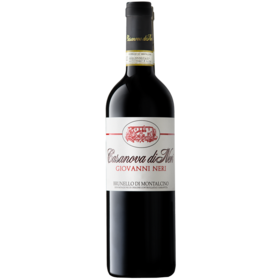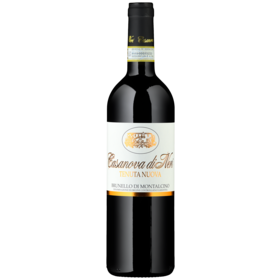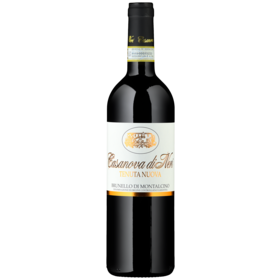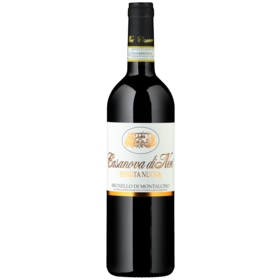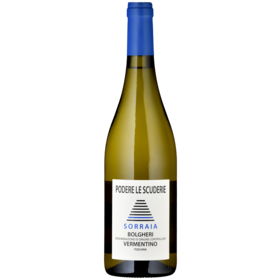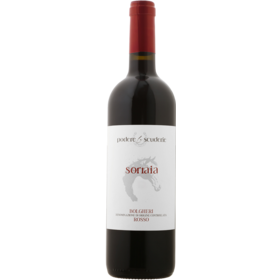Italy
Tuscany
Tuscany in central Italy is known for its exceptionally beautiful, undulating countryside. It is home to the famous Chianti Classico, not to mention numerous prestigious wineries. ‘Super Tuscan’ red wine blends have done much for the region’s global renown in recent decades.
The wine region of Tuscany lies along the Tyrrhenian and Ligurian seas, stretching northwards and eastwards to the Apennine foothills and southwards to the coastal area of Maremma. It has a total vineyard area of 63,633 hectares. Tuscany currently consists of 11 DOCGs and 41 DOCs, with a very high proportion of wines produced under these two controlled-appellation labels. Sassicaia, Chianti, Brunello di Montalcino, Vino Nobile di Montepulciano, Vernaccia di San Gimignano, and Vin Santo are just some of the names that resonate from this iconic Italian region. Sangiovese is Tuscany’s signature red grape. It is often blended with Bordeaux varieties like Cabernet Sauvignon and Merlot to create balanced, elegant cuvées. Hilly sites are the favoured locations for growing wine in Tuscany, providing plentiful sunlight and a long growing season in the prevailing Mediterranean climate. Limestone, sand and marl soils lend Tuscan wines their distinctive mineral note.
Sangiovese in Chianti
Sangiovese is Italy’s most planted grape variety and the dominant component in Chianti Classico, where it accounts for at least 80% of the blend, with the balance (up to 20%) made up of native varieties Canaiolo and Colorino or international varieties Cabernet Sauvignon, Merlot and Syrah. The region’s characteristic galestro slate and alberese (clay and limestone) soils offer ideal growing conditions, with high-density plantings, low yields, and maturation in barrel helping to optimise the potential of this terroir. A good Chianti will typically have a notable backbone of acidity, a medium body, medium tannins and a lovely ruby colour, along with black tea, sour cherry and earthy notes.
Brunello di Montalcino and the Super Tuscans
At the end of the 19th century, Ferruccio Biondi-Santi created a superior Sangiovese clone, referred to as Sangiovese Grosso, or locally as Brunello, from which Brunello di Montalcino is made in its entirety. Grown in the eponymous appellation situated to the south of Siena, where the climate is warmer and drier, Brunello di Montalcino tends be richer and more complex than Chianti, with a fuller body.
‘Super Tuscans’ are a slightly more recent phenomenon dating back to the late 1960s and early 1970s. The Marchesi Antinori estate in particular played a prominent role in the Super Tuscan story, revolutionising Italian winemaking through its use of Bordeaux grape varieties and Bordeaux-style small oak barrels. Because they failed to comply with strict DOC laws, the first Super Tuscans were labelled as humble ‘Vino da Tavola’ (table wine). These red wines, carrying names like Tignanello, Sassicaia and Ornellaia, are now famous the world over.



